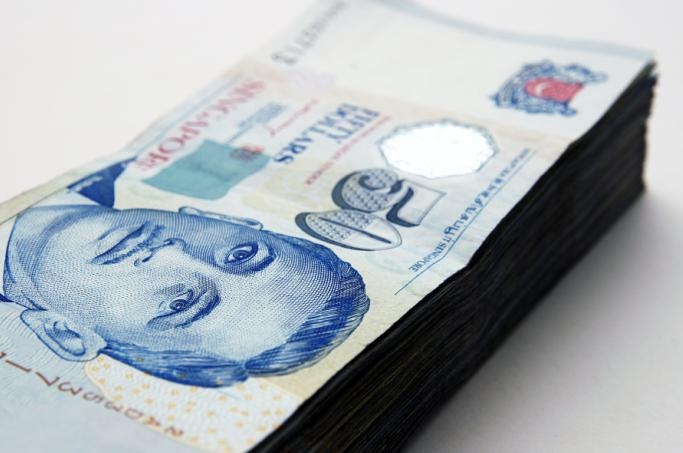
Currency Briefing - what you need to know for Wed Feb 15, 2012
The rise in the value of the Singapore dollar against the US dollar is said to have taken a dent.
Justin Harper, IG Markets Singapore head of research, said:
The rise in the Singapore dollar’s value against the US dollar has taken a dent, as investors shift to traditional safe haven currencies.
The downgrading of six European nations by Moody’s yesterday spooked traders who had been increasing their appetites for emerging market assets. But the lingering fears over Greece and Europe sent them back to safer currencies such as the Greenback.
The U.S. dollar was at S$1.2657 late in Asia last night, up from S$1.2538 on Monday. Today Singapore will release its retail sales figures. While for November’s numbers there was another slowing of growth, December’s sales figures are expected to be higher, coming in at about 7%. These could be skewed by seasonal buying. But the general trend is expected to be downwards this year due to softer market sentiment.
There has been a growing improvement in investor confidence globally as more money has been pouring into Asian assets. But this tap can be quickly turned off when sentiment dampens.
Singapore is very much at the mercy of Europe and the global economy and there is the possibility of the Monetary Authority of Singapore flattening its current exchange rate policy band.
Meanwhile RBS noted:
The unexpected easing by the BoJ overnight helped push USD/JPY to above 78.50 during NY hours, its highest since 1 November. However, rate support for the USD appears lacking and we would prefer to fade this move.
In this week's Global Currency Weekly, we explored how expansion of the ECB's balance sheet following 29 February 2012 LTRO could affect EUR/USD. Our estimates show that with other variables constant (5-year swap spread, S&P 500 and Spanish 5-year CDS rate), a net liquidity addition of EUR 350bn via the 3-year LTRO would shave 1.5 cents off of EUR/USD fair value.
Moody's placed the UK on outlook negative which highlights the risk that sluggish growth could push the government off track from its fiscal austerity plans. All-in-all, this reinforces our expectation that GBP will struggle to gain further vs. the EUR and USD in the near-term.
GFT, on the other hand, reported:
The U.S. dollar ended the day higher against all of the major currencies despite a softer than expected consumer spending report. Retail sales rose 0.4 percent in January which was significantly weaker than the expected.
Economists had been looking for a much stronger 0.8 percent rise in spending but unfortunately the high level of unemployment and the vulnerability of the U.S. recovery has made consumers gun shy about making purchases.
In December, which covered the holiday shopping season - sales were flat which leaves fourth quarter spending significantly below third quarter levels. Yet the details of the report were not nearly as bad as the headline number, helping the dollar retains its bid.
Excluding weaker purchases of autos, retail sales grew 0.7 percent, the strongest rise in nearly a year. The larger increase in spending ex autos is encouraging but when taking the prior month's 0.3 percentage points’ downward revision into consideration, the rise was not nearly as hot.
In other words, no matter how you slice this morning's U.S. retail sales report, it paints a grim picture for consumer demand. The data was not weak enough to erase the market's desire for safety but at the same time it was not good enough to turn investors back onto risk.
























 Advertise
Advertise






